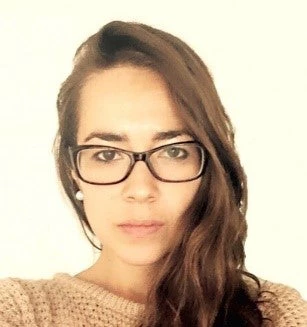An introduction to the who, what, when, where, and why.

Three years into the Sustainable Development Goal (SDG) era, the Latin America and Caribbean (LAC) region is “on track to achieve universal access by 2030,” according to the 2018 UN SDG6 Synthesis Report 2018 on Water and Sanitation.
However, important challenges remain to reach SDG6 in LAC. Safe water and sanitation coverage levels are currently below the Millennium Development Goals (MDG) targets of achieving improved coverage levels. The statistical (coverage) or administrative information that LAC countries currently access fails to capture the new attributes of the SDGs, especially relating to the quality of services, wastewater treatment, and the adoption of hygiene practices, including hand washing. Moreover, the institutional arrangements along with diminishing sector investments cannot be adequately programmed with the type of information currently available.
LAC countries acknowledge that to meet the SDG6 targets they will need to tackle two important challenges: close the institutional gap and close the information gap. There is a need to adapt policies, regulatory frameworks, programs, financial strategies, and sector capacities, among other elements of sector governance, management, and accountability. They also need to adapt the methodologies and instruments, so these can adequately collect information according to the SDG established indicators.
Luckily, a mechanism to jointly tackle these challenges is to be introduced in LAC, by LAC. During the last two LATINOSAN Conferences, a regional sanitation conference held every three years, designed to foster policy and technology discussion among countries of the Latin America and the Caribbean (LAC) region, —held in Panama City 2013 and Lima 2016, respectively—the participating countries agreed on the need to develop and adopt a Latin American and Caribbean Water and Sanitation Observatory (OLAS for its acronym in Spanish) . The Observatory, planned years ago with support from LAC governments, will be launched during the V LATINOSAN event, to be hosted April 1-3, 2019, in San Jose, Costa Rica.
The Observatory will advocate for the preparation of plans to adapt water, sanitation, and hygiene (WASH) efforts to the new standards as required for SDG6 (denominated the WASH SDG6 National Adaptation Plans), monitor the implementation of such plans, systematize learning, and disseminate knowledge within and beyond the region.
We have yet to see how the Observatory will unfold, yet its potential is promising. An important role of the Observatory will be to influence public actors, decision-makers involved in policy making, and those responsible for the generation of information to formulate WASH SDG6 National Adaptation Plans. The periodic monitoring by the Observatory and the systematization of knowledge will ensure that countries do not reduce their efforts over time. In fact, the Observatory is designing a technological platform to serve as an information repository where member country information on SDG6 will be stored and organized to facilitate easy access to its users (The information presented in the Observatory’s technological platform is expected to be made available to the public).
The Observatory is a joint regional effort—emphasizing how this is an initiative stemming from the countries themselves. This is an important added-value of the Observatory, considering the range of countries who have already played an active part of the OLAS design. The latest preparatory meeting (August 2018) included key sector authorities from Belize, Bolivia, Brazil, Chile, Costa Rica, Cuba, Dominican Republic, Ecuador, El Salvador, Guatemala, Honduras, Panama, Paraguay, and Peru.
The Observatory is not designed to collect primary information as national statistical institutes or sectoral administrative registers do with respect to SDG indicators. Instead, it will monitor the results of the WASH SDG6 National Adaptation Plans by relying on the data collected by the United Nations JMP, ECLAC, SIASAR, and others. Nor does it seek to substitute the financial or advisory aid that global and regional organizations such as the United Nations, CAF, ECLAC, IDB, and others provide to the region.
For donor agencies and countries, the Observatory may prove an interesting mechanism to continue the dialogue and advocate for WASH sector reforms, and to better prioritize and allocate financial resources and technical assistance efforts. The Observatory’s monitoring capacity may also facilitate tracking the progress — and identifying challenges — of multilateral agency projects and programs.
The World Bank Water Practice has been supporting the design and establishment of the new Observatory, and through its convening power—at the regional and global level, and sector or multisector level—the Bank is facilitating wider engagement. Additionally, as an enabler of high-level and technical dialogue, the World Bank hopes to facilitate interchange with the agencies responsible for reporting on, and monitoring, the SDGs.
Hopefully, with the development community’s support, the Observatory can be shaped to become a safe meeting ground for creating and nurturing alliances to address the 2030 Agenda. By taking a holistic approach, it will pull together sector agencies and extend to the civil society, private sector, and others to improve livelihoods through universal access to sustainable WSS services.



Join the Conversation